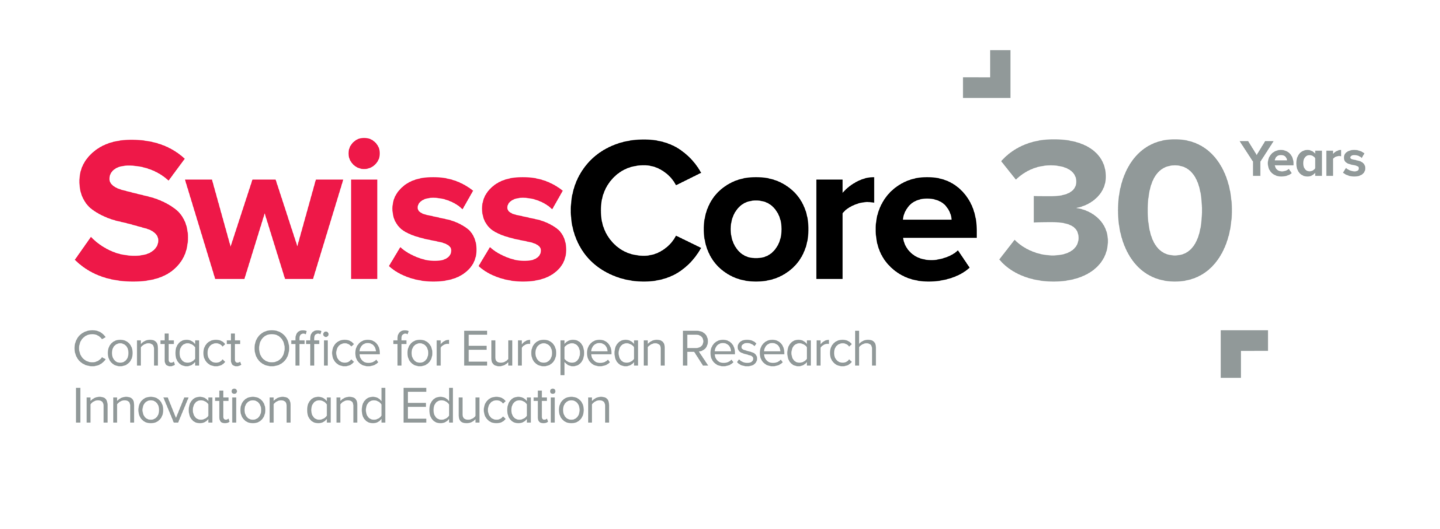The EU aims to lead in quantum by 2030, but faces fragmentation, comparatively less private capital and global competition from the US and China.
The United Nations declared 2025 the International Year of Quantum Science and Technology. Throughout the year, many initiatives were launched, reports were published, and high-level conferences were held to discuss and shape the future of quantum technology, reaffirming the broader enthusiasm for this field. The European Commission (EC) has not been at rest when it comes to quantum either. In July 2025, the EC launched its ‘Quantum Europe Strategy: Quantum Europe in a Changing World’, setting out its vision for the coming years, and a Quantum Act was announced. The latter should be proposed before the summer of 2026, and both should help the EU to become a leader in the field by 2030. To support the EC with scientific evidence, the Joint Research Centre (JRC) issued a policy brief immediately after the publication of the strategy back in July, and has now released a report on the future directions for quantum technology in Europe.
This article focuses on the latter, providing an overview of the quantum landscape and the EU’s position in global comparison. Among other things, the authors analyse the various EU programmes supporting quantum research and innovation (R&I), provide scientific and economic perspectives, and assess the potential of standardisation. The report also dives into international cooperation, emphasising that global markets are needed for specific areas, while the EU should protect itself against unwanted technology leakage or technology dependencies. Throughout the report, the authors include points for debate, which offer another lens to open the dialogue on specific matters. Finally, the JRC delivers more than fifteen recommendations – that are more granular than the roadmap presented in the Quantum Europe Strategy – to help policymakers make key decisions.
Quantum is considered a critical technology by the EU and is included in the list of 10 technology areas critical for the EU’s Economic Security, as set out in its eponymous strategy published in January 2024. Additionally, it is one of the four areas (along with semiconductors, artificial intelligence and biotech) for which an immediate risk assessment needs to be conducted with the Member States – a process still ongoing despite being launched last year. In his landmark report (see SwissCore article), Mario Draghi outlined the critical role of quantum for the EU’s competitiveness. In fact, the EU attracts only 5% of worldwide private capital in quantum computing, compared to 50% in the US. Draghi also laments the dependencies on key components of the supply chain, where China and the US hold technological leadership. However, the EU accounts for some strengths, with a high number of qualified personnel (over 100’000 experts), a long-standing tradition of excellent quantum research rewarded with Nobel Prizes and a high number of scientific publications.
The report reveals that the EU holds a substantial global share of quantum companies, with 32% stemming from its Member States, and even 45% with Switzerland and the UK included. Generally, those companies are, however, younger and smaller, but are more open to co-patenting than in other jurisdictions. Yet another worrying signal is that the EU captures only 6% of global quantum patenting, while China leads with 46%, followed by the US with 23%.
In terms of funding, the report shows that by 2024, the EU had funded almost 1’000 projects in the quantum field, based on data collected by the JRC. This corresponds to roughly EUR 2 billion in total – most of which comes from Horizon 2020 and Horizon Europe funding. Interestingly, the report notes fragmentation in funding: activities in the quantum field are funded through over 12 EU instruments, mostly within the R&I Framework Programme (either directly funded or co-funded), or outside (such as the European Defence Fund, the Digital Europe Programme, or the Connecting Europe Facility). This observation clearly signals the need to reduce fragmentation where possible. It reconciles with two recommendations proposed by the authors: (i) ‘Decide on the level of funding and investment needed to support the development of quantum technologies, including the trade-off between fundamental research and quantum applications, between research and development, infrastructure, and education’; and (ii) ‘Determine the best approach for allocating funding and investment across different areas of quantum technology, including computing, simulation, sensing, and communication.’
The report suggests additional recommendations in technical areas, such as quantum communications, quantum computing and simulation, or quantum sensing and metrology – spanning either the field of research to be prioritised or the methods and approaches to be adopted. Furthermore, it looks into regulation and standardisation, and international cooperation. One recommendation regarding the latter points illustrates the need for a balanced approach, as already mentioned above: ‘Decide on the level of international cooperation needed to support the development of quantum technologies, including cooperation on research and development, standards, and regulation, considering also the dual use of quantum technologies.’
Overall, the quantum file perfectly exemplifies the EU’s conundrum: a vibrant yet fragmented ecosystem; the ambition to become a leader while “feeling obliged” to serve a broader audience; and the willingness to cooperate with partners while preserving fundamental values and establishing robust safeguards to protect critical interests. The authors argue that the EU needs: (i) large-scale efforts, (ii) a functioning single market to lure manufacturers, and (iii) EU-wide coordination to compete globally. What holds for quantum applies equally to other critical technologies – serving as a strong argument in favour of pooling resources, as proposed in the European Competitiveness Fund, and for delivering a true single market. The key question is whether such a streamlined Fund would truly help achieve that ambition.

